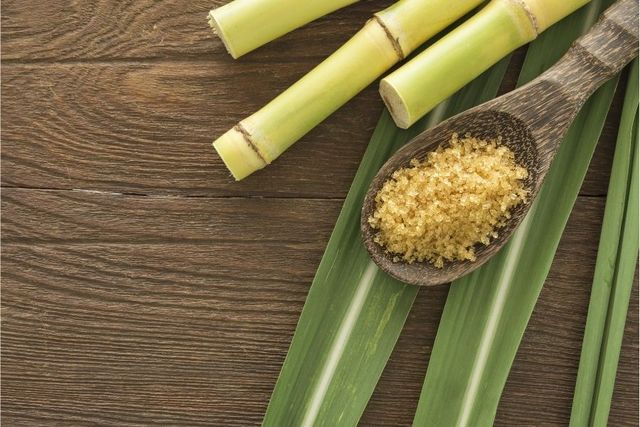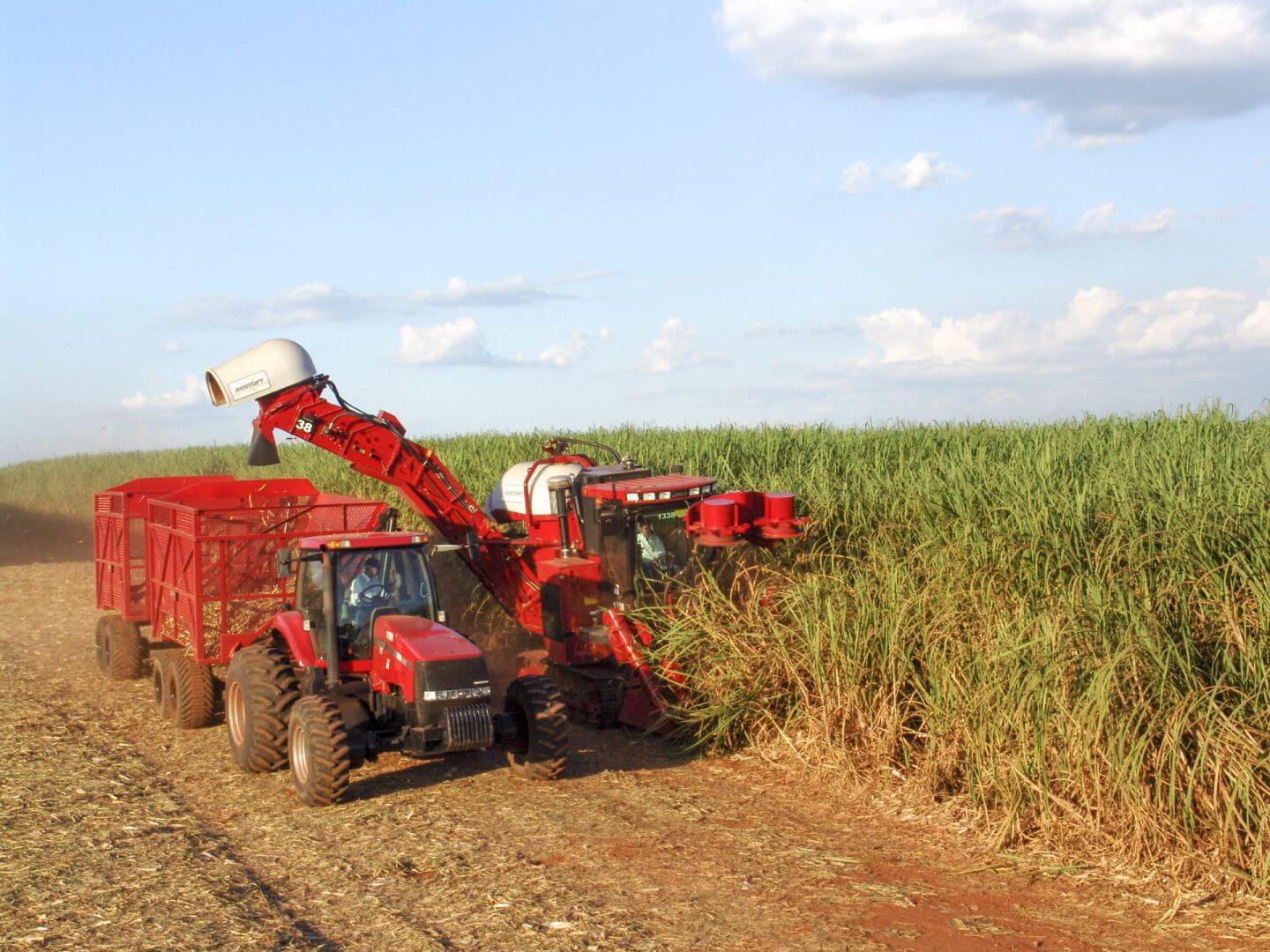Everything About Sugar Canes: What Are Sugar Canes Made Use Of For and Their Role in Worldwide Agriculture?
Sugar canes offer as a cornerstone of worldwide agriculture, largely acknowledged for their role in sugar manufacturing. They likewise add to the production of by-products like molasses and ethanol. These elements not only support numerous industries but additionally influence economic security in rural areas. The farming of sugar canes deals with significant ecological challenges. Understanding their multifaceted duty triggers more expedition right into their agricultural practices and sustainability efforts.
The Agricultural Process of Sugar Cane Cultivation
Sugar walking stick cultivation might differ by area, the basic farming process stays consistent. The primary step involves picking high-yielding ranges appropriate for regional environments. Preparation of the soil is necessary, commonly needing husbandry and the addition of fertilizers to boost fertility. Growing usually takes place during the stormy season, with farmers utilizing either entire stalks or cuttings to develop new crops.As the plants expand, they need attentive treatment, including weed control, parasite administration, and watering, depending upon the environmental problems. Farmers keep track of the sugar walking stick's development cycle, which generally covers 10 to 24 months, prior to collecting. Harvesting is labor-intensive, typically performed manually or with specialized machinery, guaranteeing minimal damages to the stalks. Following harvest, the cane is transferred to refining facilities. This careful cultivation procedure not only sustains regional economic situations yet likewise plays a substantial role in global agricultural practices, adding to food and power products.
Sugar Manufacturing: From Walking Stick to Crystal
The journey of sugar manufacturing starts the minute newly harvested sugar cane comes to processing centers. The primary step involves washing and slicing the cane to prepare it for removal. Making use of high-pressure rollers, the juice is drawn out from the smashed cane, causing a sweet liquid referred to as sugarcane juice. This juice goes through information, where impurities are eliminated through the addition of lime and heat.Next, the clarified juice is concentrated by boiling it down to develop a thick syrup. This syrup is after that crystallized by cooling down, enabling sugar crystals to form. The crystallized sugar is divided from the remaining syrup, called molasses, through centrifugation.Finally, the sugar crystals are cleaned and dried out, resulting in the familiar granulated sugar (What Are Sugar Canes Used For). This procedure changes raw sugar walking stick right into a product that is important to numerous culinary and commercial applications, highlighting the relevance of sugar in global agriculture
Biofuels and Sugar Canes: A Sustainable Future
As the world significantly seeks sustainable power remedies, sugar canes have actually become an appealing resource for biofuels. The biomass stemmed from sugar canes can be converted right into ethanol, a sustainable fuel alternative that substantially decreases greenhouse gas discharges compared to nonrenewable fuel sources. This procedure not only supplies a cleaner power resource yet also advertises energy freedom for many countries.In enhancement, sugar cane farming sustains rural economic climates by developing work in both farming and biofuel production markets. Using sugar walking canes for biofuel manufacturing additionally encourages agricultural diversification, which can enhance soil health and wellness and minimize dependence on solitary plants. The by-products of sugar walking stick processing can be made use of for electrical energy generation, additionally contributing to a sustainable power cycle. As nations undertaking to meet renewable resource targets, sugar walking sticks are positioned to play a necessary duty fit a more sustainable future in the biofuel landscape.

The Function of Sugar Canes in Beverage Manufacturing
Sugar walking sticks play a considerable role in beverage manufacturing, working as a key component in rum and adding to the sweetness of several sodas. Furthermore, their all-natural juices are made use of in different drinks, boosting flavor and charm. This convenience highlights the relevance of sugar walking sticks in the worldwide drink sector.
Sugar Cane in Rum
Rum production is intricately linked to the farming of sugar walking cane, a crucial crop that offers the required fermentable sugars required for fermentation. This procedure begins with the extraction of juice from harvested sugar walking sticks, which is then either fermented straight or refined into molasses. Yeast is included in transform the sugars into alcohol, causing a varied series of rum styles, from light to dark selections. The geographical region where the sugar walking stick is grown substantially influences the flavor profile of the rum, with elements such as soil type and climate playing essential functions. Countries like Barbados, Jamaica, and Cuba are renowned for their rum production, mirroring the cultural and historic relevance of sugar cane within the worldwide beverage sector.
Soft Drinks Sweetener Resource

All-natural Juice Production Makes Use Of
In enhancement to its significant role in soda production, sugar walking stick is additionally pivotal in the natural juice market. The juice extracted from sugar walking cane, referred to as walking cane juice, is celebrated for its all-natural sweet taste and one-of-a-kind flavor profile. This juice is generally eaten fresh in various regions, specifically in exotic nations, where it is enjoyed as a revitalizing drink. In addition, cane juice serves as a base active ingredient in a variety of natural fruit juices and smoothie mixes, boosting both preference and nutritional value. Its all-natural properties make it an eye-catching alternative to sweetening agents, appealing to health-conscious consumers. In general, sugar walking cane's flexibility in juice manufacturing underscores its relevance in modern drink offerings worldwide.
Developments in Sugar Walking Stick Byproducts
Technologies in sugar walking cane byproducts are leading the way for lasting services in numerous industries. Biofuels stemmed from sugar cane provide an alternative power resource, while developments in sustainable packaging are minimizing reliance on conventional products. These developments highlight the versatility and possibility of sugar cane past its main usage in beverage production.
Biofuels From Sugar Walking Cane
Exactly how can the byproducts of sugar cane add to lasting power options? The conversion of sugar walking stick right into biofuels provides a promising method for renewable power. By making use of the coarse residue, known as bagasse, manufacturers can generate bioethanol through fermentation procedures. This bioethanol can offer as a lasting option to nonrenewable fuel sources, lowering greenhouse gas exhausts and dependence on non-renewable sources. Additionally, molasses, another by-product, can be fermented to produce biofuels, taking full advantage of source efficiency. The energy generated from sugar walking stick not just provides a cleaner fuel resource but additionally enhances the general financial practicality of sugar production. By integrating biofuel production into their operations, sugar cane industries can play a necessary role beforehand lasting power services globally.
Sustainable Product Packaging Solutions
Lasting product packaging solutions are increasingly being created from sugar walking stick by-products, showcasing the convenience of this farming staple. Innovations such as biodegradable plastics stemmed from bagasse, the fibrous residue left after juice extraction, are getting grip. These materials offer an eco-friendly option to traditional plastics, reducing dependence on nonrenewable fuel sources and reducing carbon footprints. Furthermore, sugar cane-based product packaging is compostable, breaking down naturally without hurting the environment. Business are visite site currently exploring these choices to line up with consumer demand for sustainability. As awareness of plastic pollution grows, the fostering of sugar cane-derived packaging is expected to rise, placing sugar walking canes as a crucial player in the shift to greener product packaging remedies in numerous industries.
Economic Effect of Sugar Walking Cane Farming

Although sugar walking cane farming has deep origins in lots of economic situations, its economic effect expands much past farming production. This plant acts as a significant income for countless farmers worldwide, especially in creating countries where agriculture is a main resources. Sugar walking dig this cane contributes to regional economic climates through task development in harvesting, processing, and cultivation. The market also boosts growth in relevant fields such as transport, equipment production, and food processing.Furthermore, sugar walking stick is a principal in international profession, influencing worldwide markets and rates. Nations that produce sugar cane often count on exports to enhance their economic security. The spin-offs of sugar walking cane, such as ethanol and molasses, expand profits streams for farmers and include value to the agricultural market. In general, the financial ramifications of sugar cane farming are profound, impacting not only farmers yet likewise whole neighborhoods and national economic climates.
Environmental Factors To Consider in Sugar Walking Stick Cultivation
While sugar walking cane farming plays an important function in many economies, it additionally elevates considerable ecological problems that can not be neglected. The comprehensive use plant foods and chemicals in sugar walking cane cultivation typically causes soil destruction and water contamination. Drainage from these chemicals can pollute neighboring water bodies, damaging marine ecosystems. In addition, the monoculture practices widespread in sugar cane farming decrease biodiversity, making environments a lot more prone to parasites and diseases.Deforestation is one more vital concern, as land is typically cleared to give way for sugar plantations, resulting in habitat loss for wild animals try this out and boosted carbon exhausts. Additionally, the high water intake needed for sugar walking cane irrigation can strain local water resources, particularly in dry regions. As global need for sugar remains to climb, resolving these ecological difficulties comes to be essential to ensure sustainable methods in sugar cane growing.
Regularly Asked Concerns
What Are the Nutritional Benefits of Sugar Walking Stick?
The nutritional benefits of sugar cane mostly include its high carbohydrate web content, giving energy. Furthermore, it includes vitamins, minerals, and antioxidants that may sustain total health, though small amounts is vital as a result of its sugar content.
How Does Sugar Walking Cane Affect Resident Ecosystems?
Sugar cane cultivation can greatly affect regional ecological communities by modifying land use, affecting biodiversity, and requiring substantial water sources. Additionally, it might result in dirt destruction and pesticide drainage, disrupting surrounding environments and wild animals populations.
What Is the History of Sugar Walking Cane Farming?

Are There Alternatives to Sugar Cane for Sugar Manufacturing?
Alternatives to sugar walking cane for sugar production consist of sugar beetroots, corn, and numerous exotic plants like sorghum and agave (What Are Sugar Canes Used For). These crops use varied sources of sweetness, each with unique farming requirements and environmental influences
Exactly How Do Weather Condition Patterns Influence Sugar Walking Cane Yields?
Weather condition patterns considerably influence sugar walking stick returns through temperature level variations, rainfall quantities, and seasonal cycles. Dry spell or extreme rains can prevent growth, while excellent problems boost photosynthesis, eventually influencing the quantity and high quality of the harvest. The trip of sugar manufacturing begins the moment freshly collected sugar walking cane arrives at processing facilities. The crystallized sugar is separated from the remaining syrup, recognized as molasses, with centrifugation.Finally, the sugar crystals are cleaned and dried out, resulting in the familiar granulated sugar. Rum production is intricately connected to the cultivation of sugar walking cane, a vital plant that supplies the required fermentable sugars needed for fermentation. In addition, the monoculture techniques prevalent in sugar walking stick farming decrease biodiversity, making ecological communities a lot more at risk to bugs and diseases.Deforestation is an additional important concern, as land is often removed to make way for sugar plantations, leading to habitat loss for wildlife and enhanced carbon discharges. Alternatives to sugar walking stick for sugar production consist of sugar beetroots, corn, and numerous exotic plants like sorghum and agave.